Upgrade work continues outside the space station …
An updated strategy for landing Artemis astronauts on the Moon …
And unsealing pieces of the past … a few of the stories to tell you about – This Week at NASA!
Upgrade Work Continues Outside the Space Station
On March 23, the crew onboard the International Space Station conducted the second spacewalk this month to continue upgrades to the orbiting laboratory. During the outing, NASA astronaut Raja Chari and European Space Agency astronaut Matthias Maurer worked to install new thermal system and electronics components on the station’s U.S. segment. They also worked to install a power and data cable on the Columbus module’s Bartolomeo science platform, replace an external camera on the station’s truss, and conduct other upgrades to station hardware.
Updated Strategy for Landing Artemis Astronauts on the Moon
Also on March 23, we announced plans to create additional opportunities for commercial companies to develop an astronaut Moon lander that can transport humans between our lunar orbiting space station known as Gateway and the lunar surface, for missions beyond Artemis III, which will be the first mission to land astronauts on the Moon in more than 50 years. The announcement is part of a strategy by the agency to pursue two parallel paths for continuing lunar lander development and demonstration, one that calls for additional work under an existing contract with commercial partner, SpaceX, and another open to all other U.S. companies. This effort is meant to maximize NASA’s support for competition and provides redundancy in services to help ensure NASA’s ability to transport astronauts to the lunar surface.
50-Year-Old Lunar Sample Unsealed for Study
One of the last unopened Apollo-era lunar samples collected 50 years ago during Apollo 17 has been opened at our Johnson Space Center in Houston. Sample 73001 had been kept vacuum sealed and in pristine condition in anticipation of the day that scientists equipped with advanced technology could examine it. The Apollo Next Generation Sample Analysis Program is studying the sample and others like it, as we prepare to send astronauts back to the Moon for more samples on upcoming Artemis missions.
NASA Confirms 5,000 Exoplanets and Counting
On March 21, the number of confirmed exoplanets, or planets outside of our solar system, ticked past the 5,000 mark. The milestone was reached when the latest batch of 65 exoplanets was added to the NASA Exoplanet Archive. This stream of exoplanet discoveries that began 30 years ago, includes contributions from NASA’s TESS, Kepler, and Spitzer space telescopes, with more discoveries possible in the future from our James Webb and Nancy Grace Roman space telescopes.
New Reference Satellite for Global Sea Level Measurements
On March 22, the newest U.S.-European sea level satellite, named Sentinel-6 Michael Freilich, became the official reference satellite for global sea level measurements. This means that sea surface height data collected by other satellites will be compared to the information produced by Sentinel-6 Michael Freilich to ensure accuracy. The satellite, which is named after NASA’s former Earth Science Division Director, the late Dr. Michael Freilich, was launched in November 2020.
That’s what’s up this week @NASA …

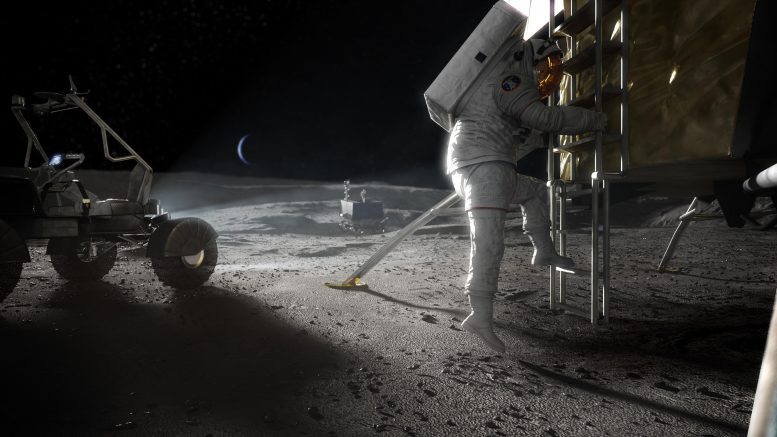

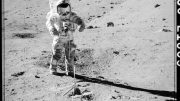
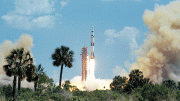
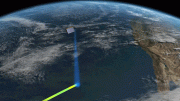
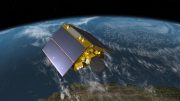
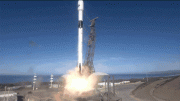
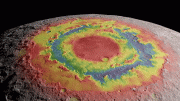
Be the first to comment on "This Week @NASA: Landing Artemis Astronauts on the Moon, Space Station Upgrade Work"